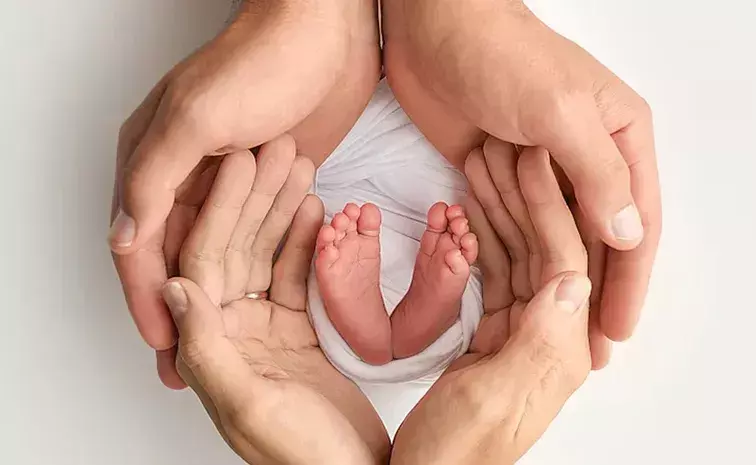27.5 million Indian couples face infertility: World IVF Day highlights advances and awareness
The infertility rate is high in urban areas, with a prevalence of 15 to 20 per cent, while the rate is around 10 per cent in rural areas
By Neelambaran A
Representational Image
Hyderabad: Parenthood is highly revered in Indian culture, with familial and cultural values combined with the tradition; the practice of passing down the family tradition while following practices like collectivism.
But, with changing lifestyle, food habits and work culture, the number of people affected by infertility has increased.
10 per cent of infertility-related problems are from rural areas
As per the recent data, approximately 27.5 million couples in India suffer from infertility-related problems. The infertility rate is high in urban areas, with a prevalence of 15 to 20 per cent, while the rate is around 10 per cent in rural areas.
Infertility is equally prevalent in both males and females, with low sperm count, poor motility and genetic reasons affecting men, while PCOS, endometriosis and age-related issues affect women.
The advent of In Vitro Fertilisation (IVF), a common assisted reproductive technology, is helping couples attain parenthood.
Increasing fertility
The infertility rate is increasing across the globe and in India. As per the World Health Organisation (WHO), around 17.5 per cent of adults are affected by infertility at any point in their lives.
Dr Swathi Peddi, Consultant Infertility, Birthright Fertility, Hyderabad, said, “About 1 in 6 people are reportedly suffering from infertility, with 17.8 per cent infertility in high-income countries and 16.5 per cent in low and middle-income countries.”
Infertility as per NFHS
The National Family Health Survey (NHFS-5) has brought out details of infertility among the population. The infertility varies among women depending on age.
Among married women in the age group of 15 and 49, 8 per cent of currently married women are experiencing infertility.
“As much as 2 per cent of women have primary infertility (never conceived) and 6 per cent have secondary infertility (difficulty in conceiving after a prior pregnancy. Further, among those women married at least for 5 years, around 18.7 out of 1000 women are affected by primary fertility,” Dr Swathi said.
Couple infertility in Telugu states
As per the NHFS-5, the fertility rate is higher than the national average of 18.7 per cent in Telangana and Andhra Pradesh during 2019-20.
The infertility rate is found to be 25.7 per cent in Telangana and 24.4 per cent in Andhra Pradesh.
World IVF Day
World IVF Day is observed on July 25, celebrating the birth of Louise Brown, the first IVF child and several million IVF children born thereafter.
“The day is meant to celebrate science, resilience, and the hope for attaining parenthood. Behind every successful IVF story lies a journey of courage, heartbreak and strength, not for the couple but for those walking with them,” Dr Swathi said.
Fight with hope
Generally, in the Indian context, parenthood is valued with high esteem. Infertility, besides being a medical condition, affects the relationship, mental health and self-worth.
“But IVF and assisted reproductive technology have brought light to those dark corridors. It has turned ‘maybe’ into ‘yes’, and ‘someday’ into today. Behind this progress are the researchers, embryologists, nurses, and doctors who work tirelessly. But even more importantly, the brave couples who never give up are the real heroes,” Dr Swathi added.